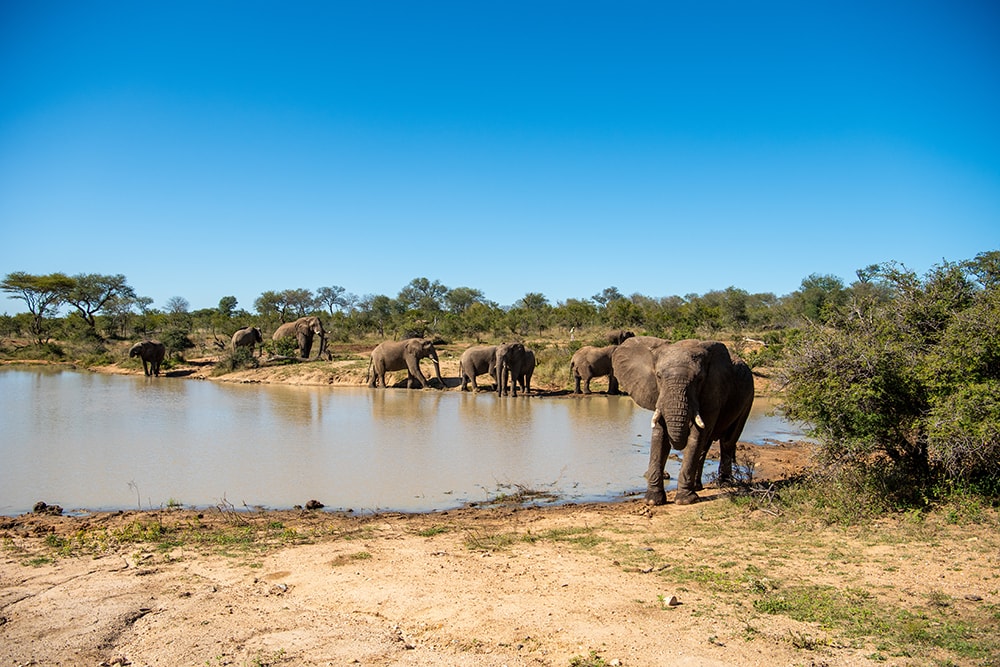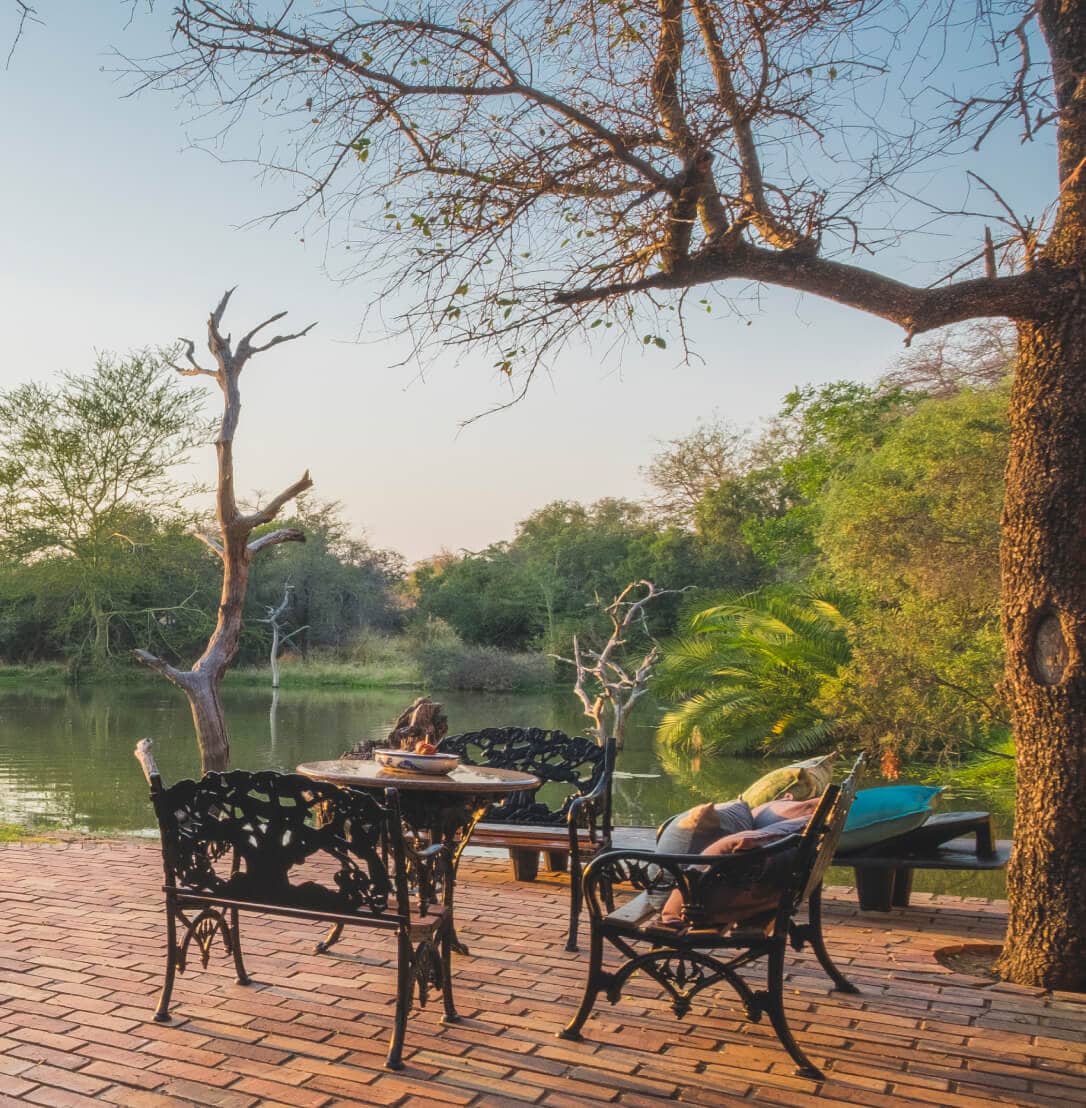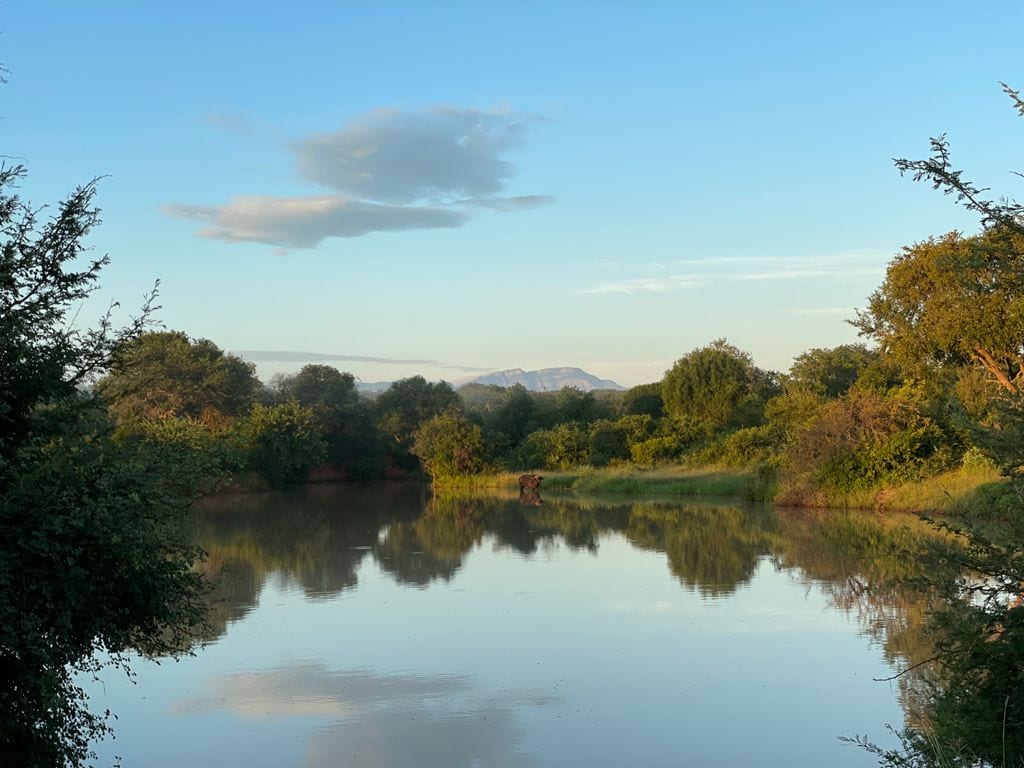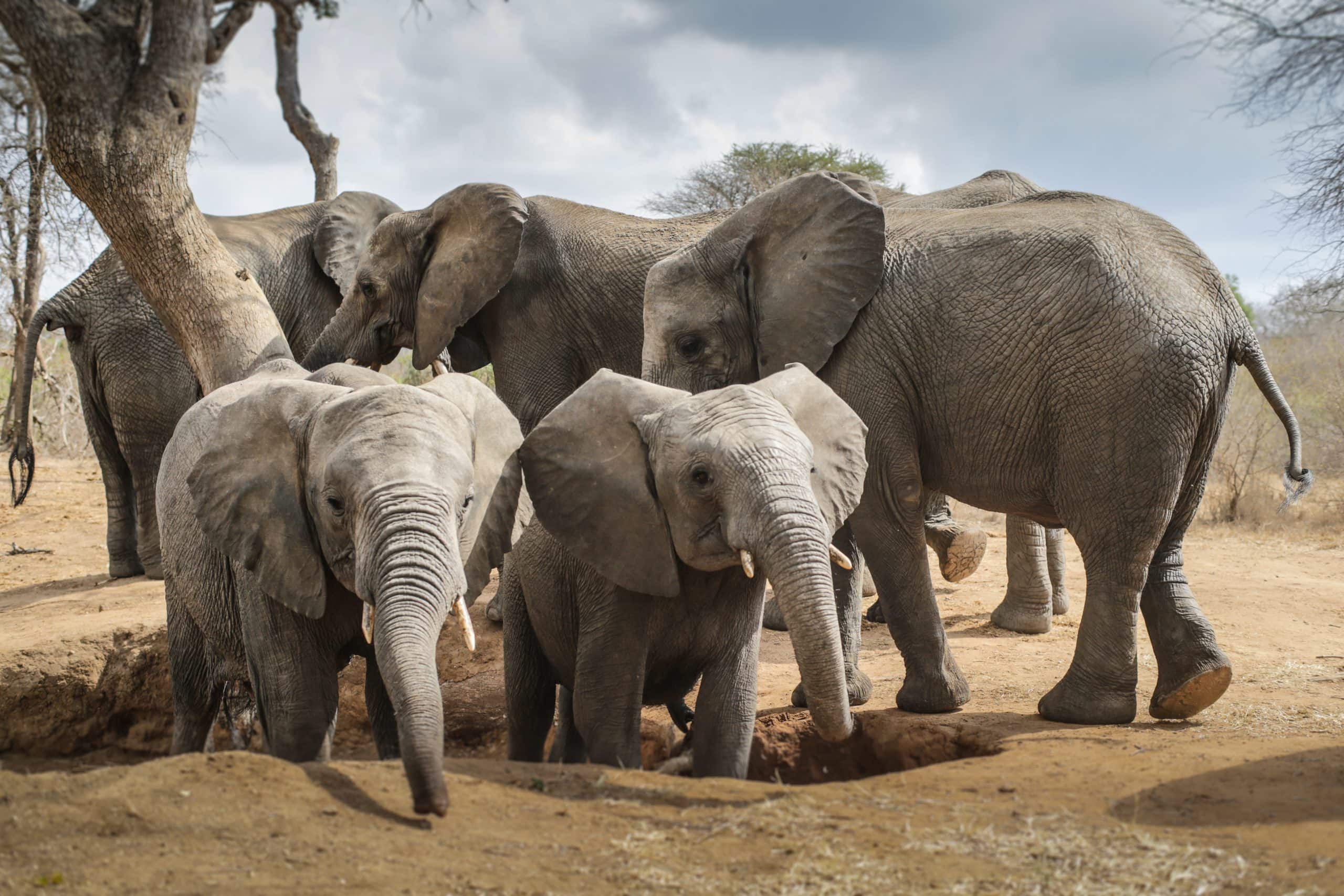Restoring the Land | The Jabulani Sustainability Vision: Part 3
by jabulanisafari
With most of our operations being located on a game reserve, the natural vegetation community and the soil it grows in are two of our greatest assets in the goal of carbon neutrality. Managing this valuable carbon basin is key to the success of our Sustainability Vision 2020-2040. The portion of the reserve owned by Jabulani has a brief history of agriculture, where the land was previously used for the farming of tomatoes. Due to the arid nature of the local environment, the farming operation was soon given up on and integrated into the Kapama Private Game Reserve.
One of the major problems being faced was the lack of soil and vegetation rehabilitation of the area after the farming activities were stopped. This led to severe crust formation and soil erosion due to the lack of a healthy vegetation community, and in turn, a less productive system with lower than ideal carbon storage capacity and ecological integrity.

We have undertaken the mammoth task to rehabilitate a 456-hectare portion of land in an attempt to accelerate restoration to its previous state of balance, to prevent drought and maintain good water supplies.
This ongoing project makes use of a tractor with an implement to break the crusted soil and allow for seeds to germinate in the soil. We then use the thorny branches of encroaching woody vegetation such as Sicklebush (Dichrostachys cinerea) and Umbrella Thorn (Vachellia tortilis) to pack a dense (yet dappled) protective layer over the prepared soil to speed up the process of recovery.
No trees have been removed during the bush clearing and packing activity and we will continue not to remove trees, as these trees offer a valuable source of renewable brush-packing material and possess carbon fixing properties. We have also taken into account sourcing biomass from the direct environment in place of driving to different portions of the reserve, reducing the reliance on fossil fuel to complete the project.
Trees and other plants, such as grass, play an important role in the reduction of carbon load by capturing carbon dioxide for photosynthesis and storing the carbon in plant biomass, such as the roots and wood as well as in the soil itself, all while producing oxygen.









